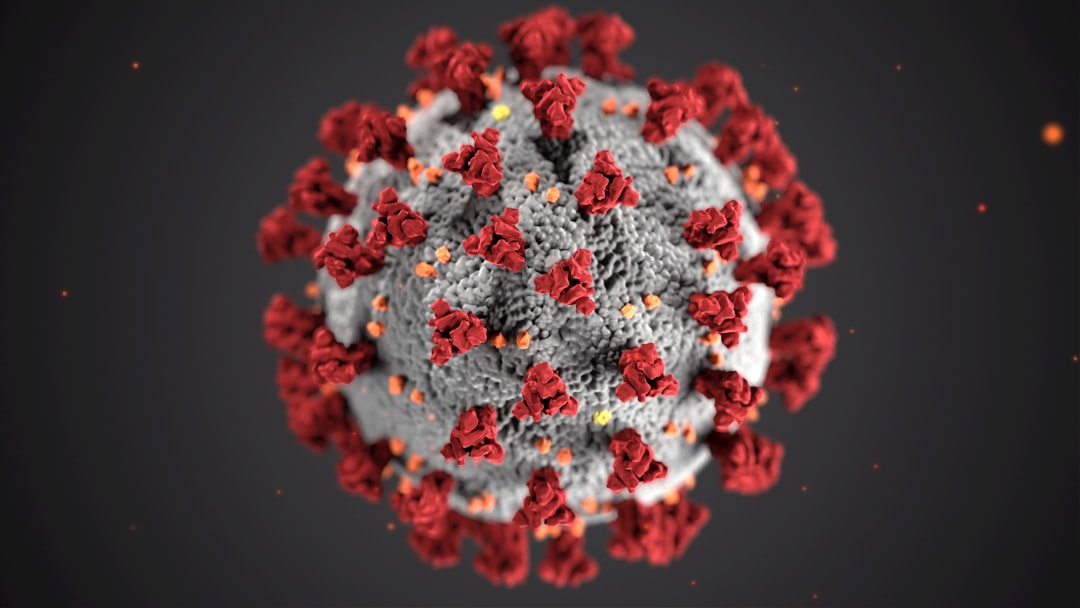What is it about?
In keeping with our understanding of a higher number of new HIV cases at any given time among women who trade sex for economic reasons, we sought to analysis the effects of different approaches that have been used in HIV prevention efforts among this segment of the population. while utilizing a lens to do our analysis of all relevant research publications selected since the year 2000, we found out that interventions that used the sex workers themselves in intervention programming and implementation lead to significant increase in the number of sex workers who positively changed their behaviors. We also found that interventions that reduced harmful alcohol use among sex workers are very effective in HIV prevention among them. We observed that if an intervention simultaneously includes behavior change, use of drugs and empowerment of sex workers it will be more effective in HIV prevention in comparison to an intervention that relies solely on any one of the three components.
Featured Image
Why is it important?
HIV prevention in sex workers, a member of the key populations, is of high priority to UNAIDS and other stakeholders. This study brings out the and support the existing evidence on joining different instruments at the same time to impact the lives of sex workers and reduce the spread of HIV among them and to their clients
Perspectives
The findings of this study might not surprise many readers on this subject, but would certainly place the mind and thoughts of the reader on the field in terms of applicability of combination prevention in Sub-Saharan Africa. The challenge in planning HIV prevention interventions in Sub-Saharan Africa will mostly lie along the political will to let members of this community own and implement this efforts. As sex workers are punished and reprimanded in many African societies, political commitment to structural reforms may appear to hinder effective programming at the present. The evidence of combination prevention is overwhelmingly strong. So HIV programs in this context must play a good game to access and empower sex workers within their hidden sexual networks. I wish that this publication ignite further discussions on structural elements of HIV prevention in sex workers.
George Awungafac
Read the Original
This page is a summary of: Systematic review of sex work interventions in sub-Saharan Africa: examining combination prevention approaches, Tropical Medicine & International Health, May 2017, Wiley,
DOI: 10.1111/tmi.12890.
You can read the full text:
Contributors
The following have contributed to this page










